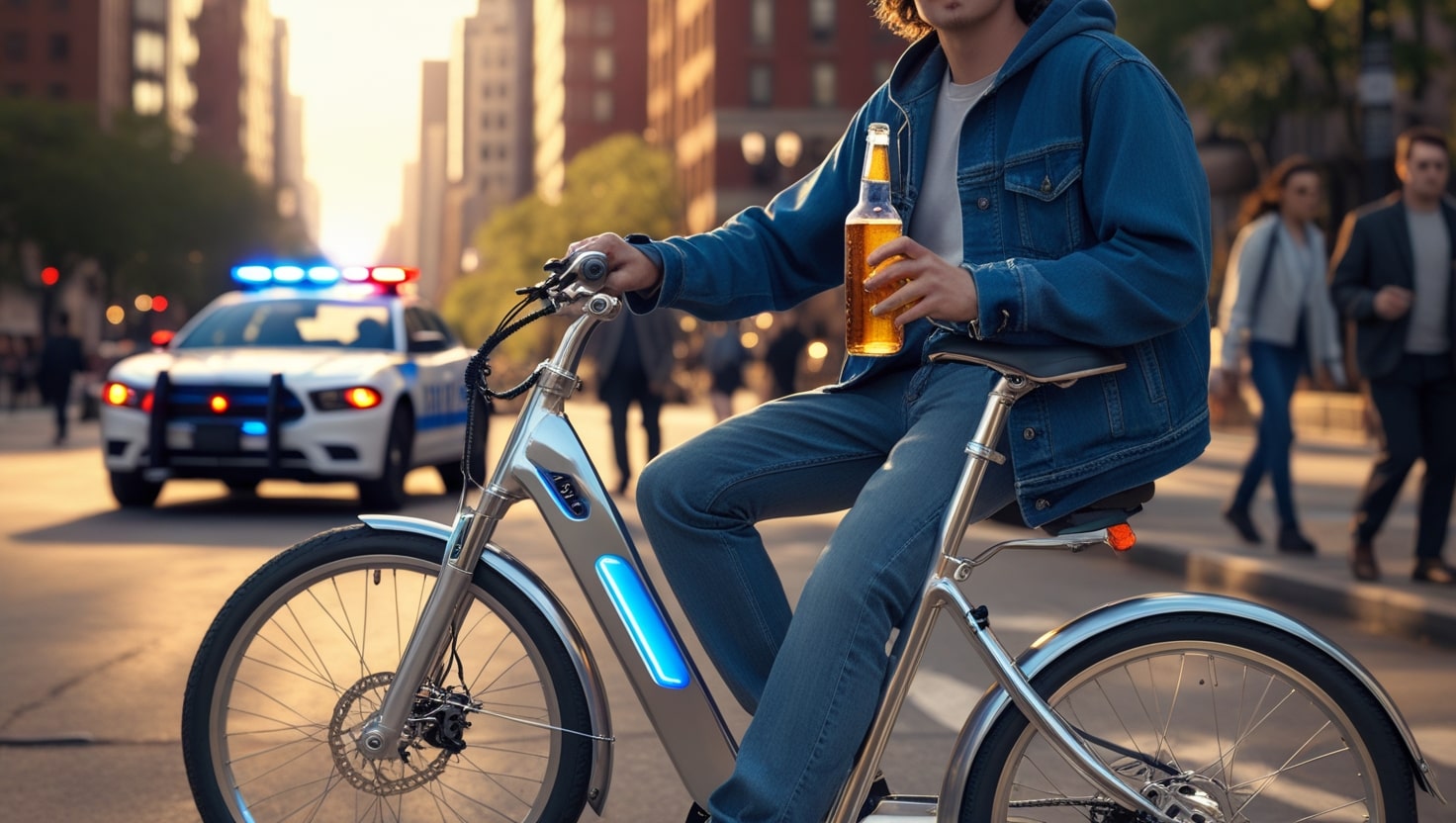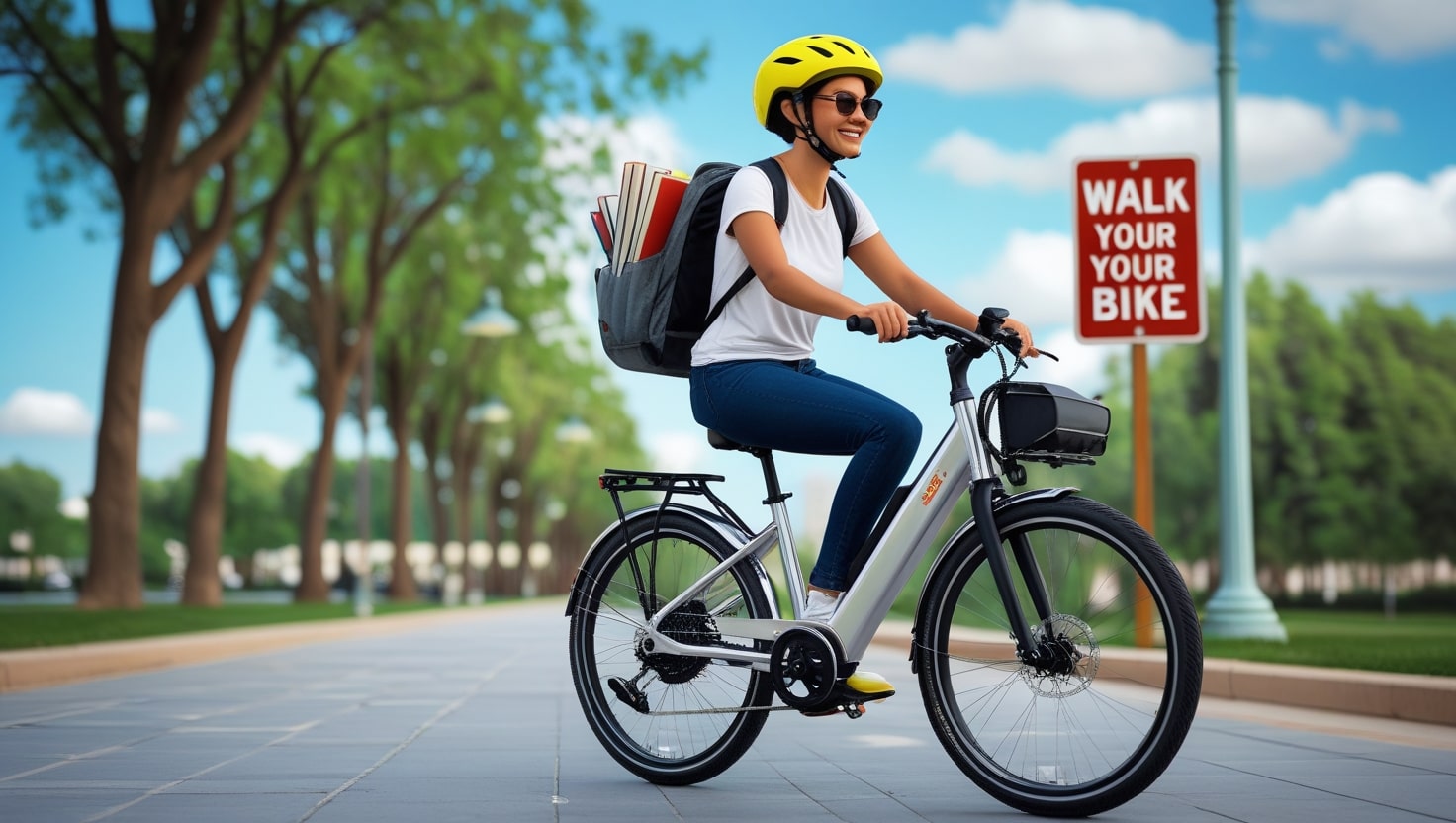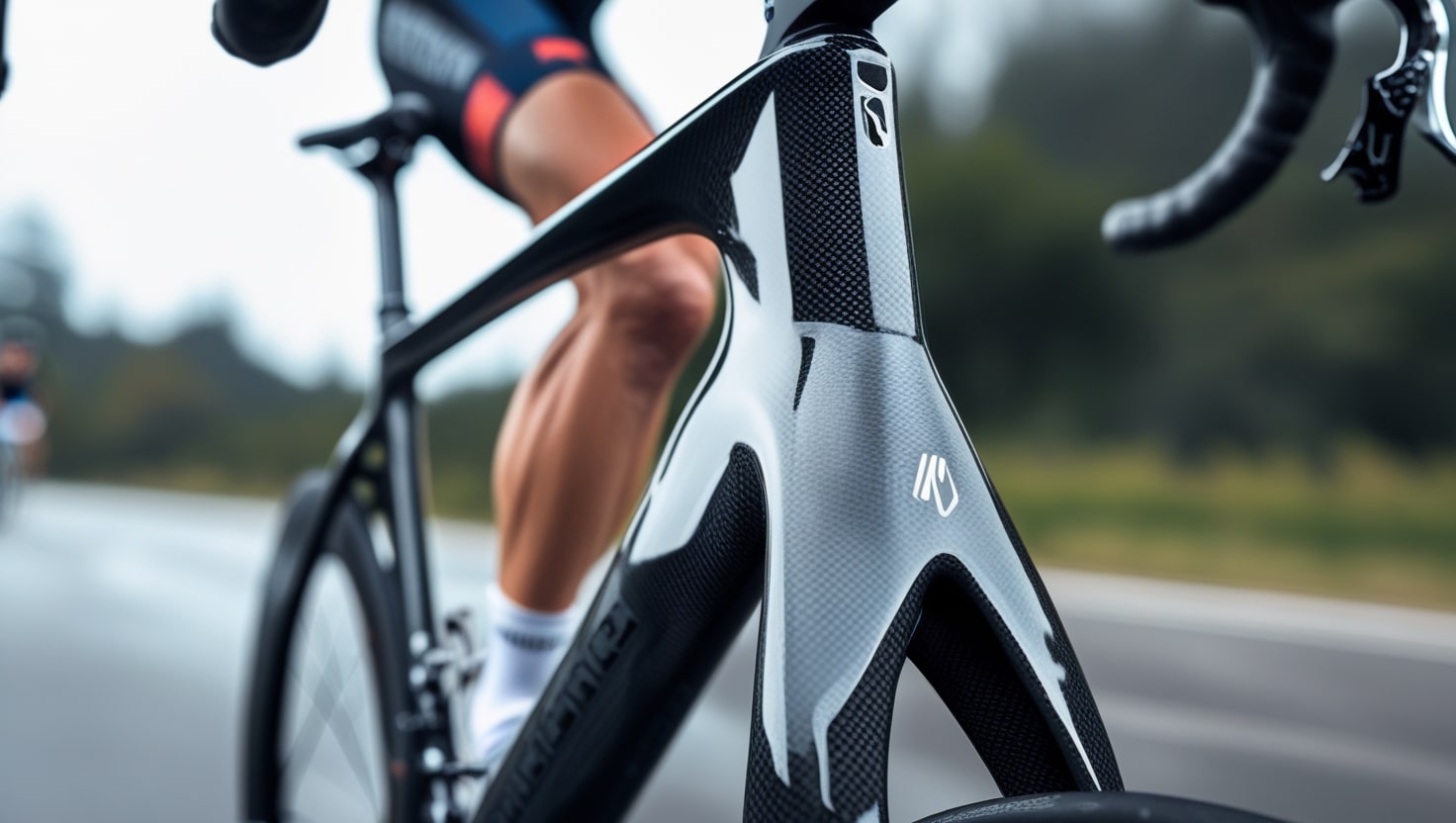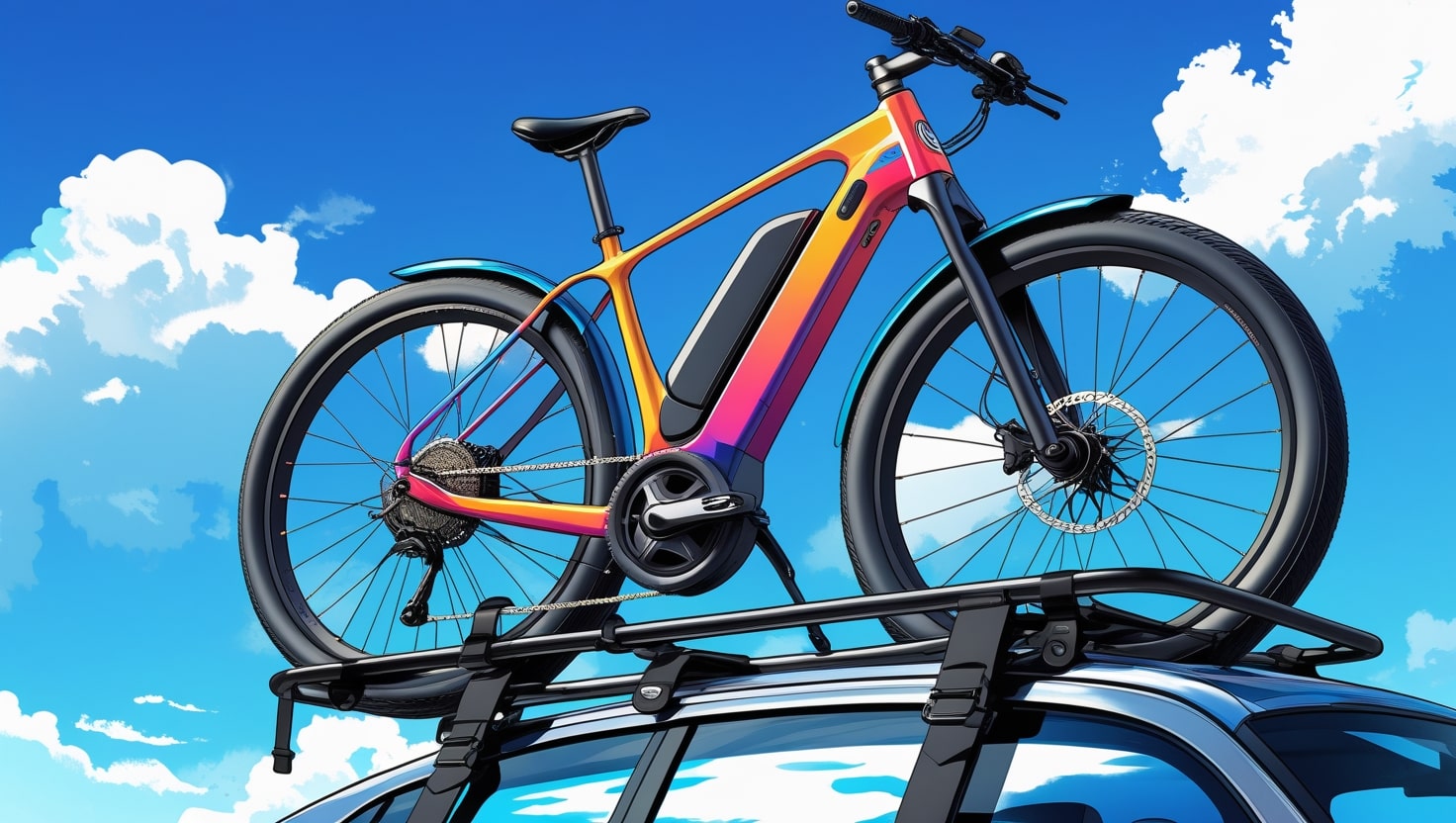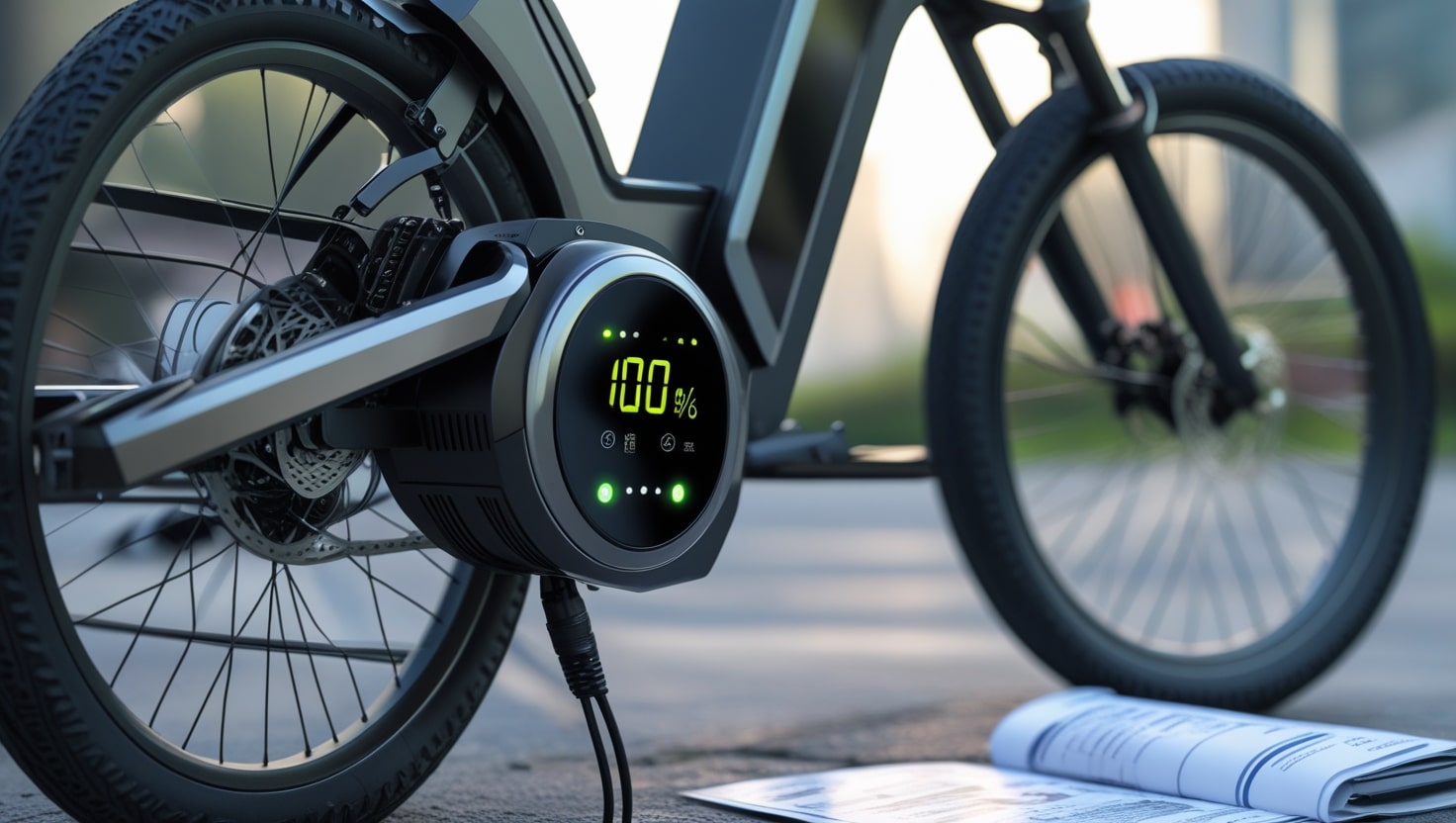As someone who enjoys the freedom of the open road on two wheels, I’ve come to understand why do people pedal electric bikes even when there’s a motor ready to help. The simple answer? It adds to the experience—making each ride smoother, more efficient, and far more rewarding. When you pedal your e-bike, you’re not just getting from point A to B; you’re extending your battery life, improving your range, and staying active along the way.
Many riders appreciate the added assistance, especially on hills, but also enjoy the added control and the bit of exercise that comes with pedaling. From personal use, I’ve noticed that using the electric motor only when needed helps preserve the fun while keeping my bikes running longer.
Also Read: Do Ebikes Charge When You Pedal?
Key Takeaways:
When I ride my e-bike, I find that pedaling on hilly paths helps conserve battery power, which is useful on long rides.
The pedal-assist function gives me more control, especially when climbing or carrying extra weight, making the experience feel more natural and smoother.
Unlike throttle-only modes, which may not be legal in all areas, combining effort with assistance is not only more efficient but keeps the ride enjoyable and safe.
In order to balance convenience with fitness, I frequently modify the motor setting to fit my pace and terrain.
With the right amount of effort, e-bikes turn everyday trips into a light fitness routine, adding value to daily life while keeping things sustainable.
How Electric Bikes Work
From my own rides across both city streets and winding hill paths, I’ve seen how electric bikes cleverly balance human input with motor assistance. These e-bikes are designed by combining your pedal power with a system that gives you an extra push, making riding feel incredibly natural.
Most come with a pedal-assist setup, also known as PAS, where built-in sensors detect your effort and automatically adjust output to match your pace. Whether you’re tackling hills or cruising on flat roads, this intelligent system delivers just the right amount of assist while reducing physical strain, especially on long rides.
You can even switch between different modes or assist levels depending on your needs—from low settings to high support when the terrain gets tougher. Some models include a throttle-controlled option to accelerate without pedaling, but local laws might limit where and how you use them. I personally rely more on PAS than throttle for both the power boost and the workout it provides. Using the right settings can save battery life and still deliver a strong performance.

Why Do People Pedal Electric Bikes?
Many people choose to pedal their electric bikes not just for the thrill of the ride, but because it helps conserve battery life and gives them more control over speed. When I go riding, especially on longer routes, I find that light pedaling makes my e-bike more efficient, allowing me to cover more distance on a single charge.
Relying only on the motor or throttle drains the power quickly, so mixing in manual effort keeps things balanced. In some places, local laws even require some form of pedal movement to activate the assist system, making it more than just a preference—it’s a necessity.
Besides the technical perks, there’s a personal side too. Most riders I know, myself included, enjoy the health benefits that come from even mild exercise. It turns a daily commute or errand run into a mini workout, keeping us active without overexerting ourselves.
Can You Ride an E-Bike Without Pedaling?
You can ride an e-bike without pedaling, but whether that’s possible depends on the type of system the bike uses. Throttle-controlled models let you twist a handle or press a button to accelerate, just like mopeds, making it easy to move without much effort. While convenient, I’ve noticed that relying too much on throttle-only riding drains the battery quickly and can reduce stability, especially on uneven terrain. Many regions even have legal restrictions on full throttle usage, classifying such bikes more like bicycles with motors or even scooters.
Personally, I find that pedal-assist offers a better balance—giving you motor power when needed, while keeping the ride smooth and more natural. The combination of manual input and motor help provides a more rewarding experience. You get to enjoy longer rides, maximize battery life, and stay engaged without overworking yourself. The key is to let the motor do just enough work to support you while you still feel like a real rider on the road.
Why Can’t a Throttle Be Used All the Time?
From my experience with e-bike riding, relying on the throttle continuously may seem convenient, but it quickly drains the battery and puts strain on the motor, shortening its lifespan. Many riders discover that using pedal assist instead brings better control, improved speed, and a longer range on each ride.
While throttle-only mode can be fun for short distances, it takes away the real benefits of pedaling—like staying active and making the trip more enjoyable. Personally, I’ve found a mix of power support and effort to be far more efficient and rewarding over time.
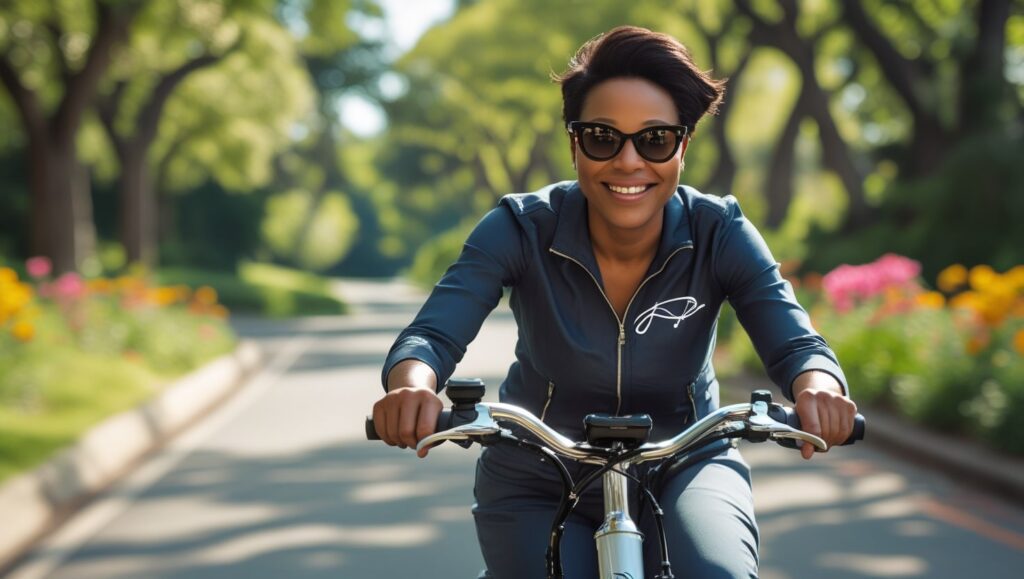
How Pedaling Improves E-Bike Performance in Different Conditions
Pedaling enhances an e-bike’s performance on a variety of terrains and riding circumstances, going beyond simply saving battery life.
Climbing Hills: When I’m going uphill, pedaling adds the needed push to help the motor work more efficiently and smoothly, especially on steep hills where extra power makes all the difference.
Headwinds: Battling strong wind or sudden headwinds becomes easier by combining pedal effort with assistance from the e-bike, making riding less tiring and more stable.
Heavy Loads: When hauling heavy loads or riding cargo e-bikes as a daily commuter, I find that carrying weight becomes far easier when I add in some pedaling—saving both effort and battery.
Uneven Terrain: On uneven terrain like trails or rough roads, pedaling provides better control and improves stability.
Long-Distance Rides: On long-distance rides, consistent pedaling helps conserve battery and extend the range.
E-Bike Pedaling Tips for Maximum Efficiency
Make the most of your e-bike by pedaling quickly and carefully adjusting the assist settings.
Choose the right assist level: When riding on flat roads, I always go for low assistance to save power. On steeper hills, switching to a higher assist level helps me climb without too much strain, making the ride smoother and more enjoyable.
Pedal smoothly: Keeping a steady pace and pedaling smoothly helps the motor work more efficiently, especially across changing terrain.
Shift gears properly: I find it easier to shift into lower gears for climbing and switch to higher ones for maintaining speed on straight paths.
Monitor battery usage: I always monitor my battery usage and conserve energy by pedaling more during easy sections of the ride.
Use throttle sparingly: The throttle mode is great for short boosts, but I use it only when needed to protect battery life and keep the system running longer.
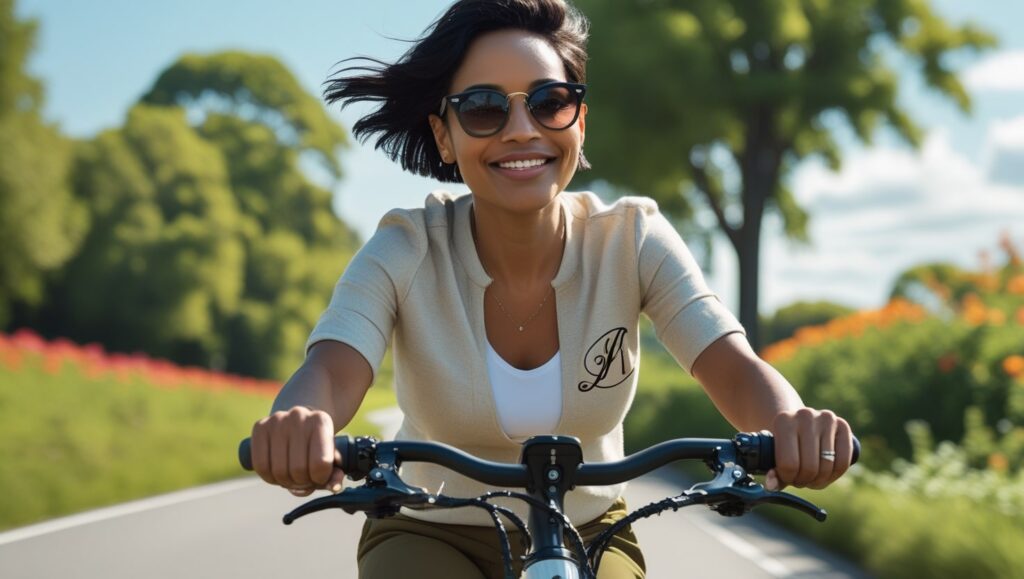
Conclusion
For many people, choosing to use an e-bike is about more than just getting around—it’s about freedom, convenience, and making every ride feel better. I’ve found that pedaling not only helps extend battery life but also gives me more control and turns every trip into a mini workout. With pedal assist, the experience becomes smoother, more efficient, and truly enjoyable, whether I’m cruising through city roads or open trails.
Plus, in many places, laws require active riding to use the motor legally and safely, which is why so many riders prefer to stay engaged. E-bikes blend the best of both worlds—manual effort and motorized help—letting you enjoy exercise and the benefits of electric bikes without compromise.
FAQs
Do all electric bikes require pedaling?
From what I’ve learned and experienced, not all e-bikes need pedaling to move. Some models come with a throttle that lets you simply twist or push to ride without using your legs. However, in many regions, there are specific laws that make pedaling a requirement for using the motor legally, especially with high-powered setups.
How much does pedaling help the battery last longer?
In my experience, pedaling plays a big role in how far your e-bike can go on a single charge. Instead of relying only on the throttle, using pedal assist reduces the load on the battery, helping you ride longer without worrying about a quick drain. T
Can you get a workout on an electric bike?
Absolutely—you can still get a solid workout while riding e-bikes. In fact, I’ve found that pedaling activates your muscles and supports cardiovascular health, especially when you’re looking to boost your overall fitness. What’s great is that you can adjust the level of assistance based on how hard you want to work, giving you full control over the intensity of your exercise.
What happens if my e-bike battery dies while riding?
If your battery runs out during a ride, don’t worry—you can still pedal your e-bike just like a traditional bicycle. From my own rides, I’ve found that although e-bikes are heavier than regular bikes, it’s still possible to keep riding; it just takes more effort, especially on hills or longer stretches. Without motor assistance, you’re relying on pure leg power, so the ride may feel slower or tougher.
Are electric bikes allowed on cycling paths?
Whether you can take your e-bikes on shared paths depends mostly on local laws and regulations. In many places, pedal-assist models are allowed on bike trails because they work more like traditional bicycles, especially when you’re actively riding. However, throttle-controlled versions often face more restrictions, as they can operate without pedaling and may be treated more like motorized vehicles.
Does pedaling make an electric bike go faster?
Yes, pedaling can help you maintain or reach a higher speed, but most e-bikes have a built-in speed limit where the motor stops assisting. In many places, this limit is set at around 15.5 mph (or 25 km/h) for standard pedal-assist models. However, some Class 3 e-bikes allow you to reach up to 28 mph (or 45 km/h) with continued pedaling.


